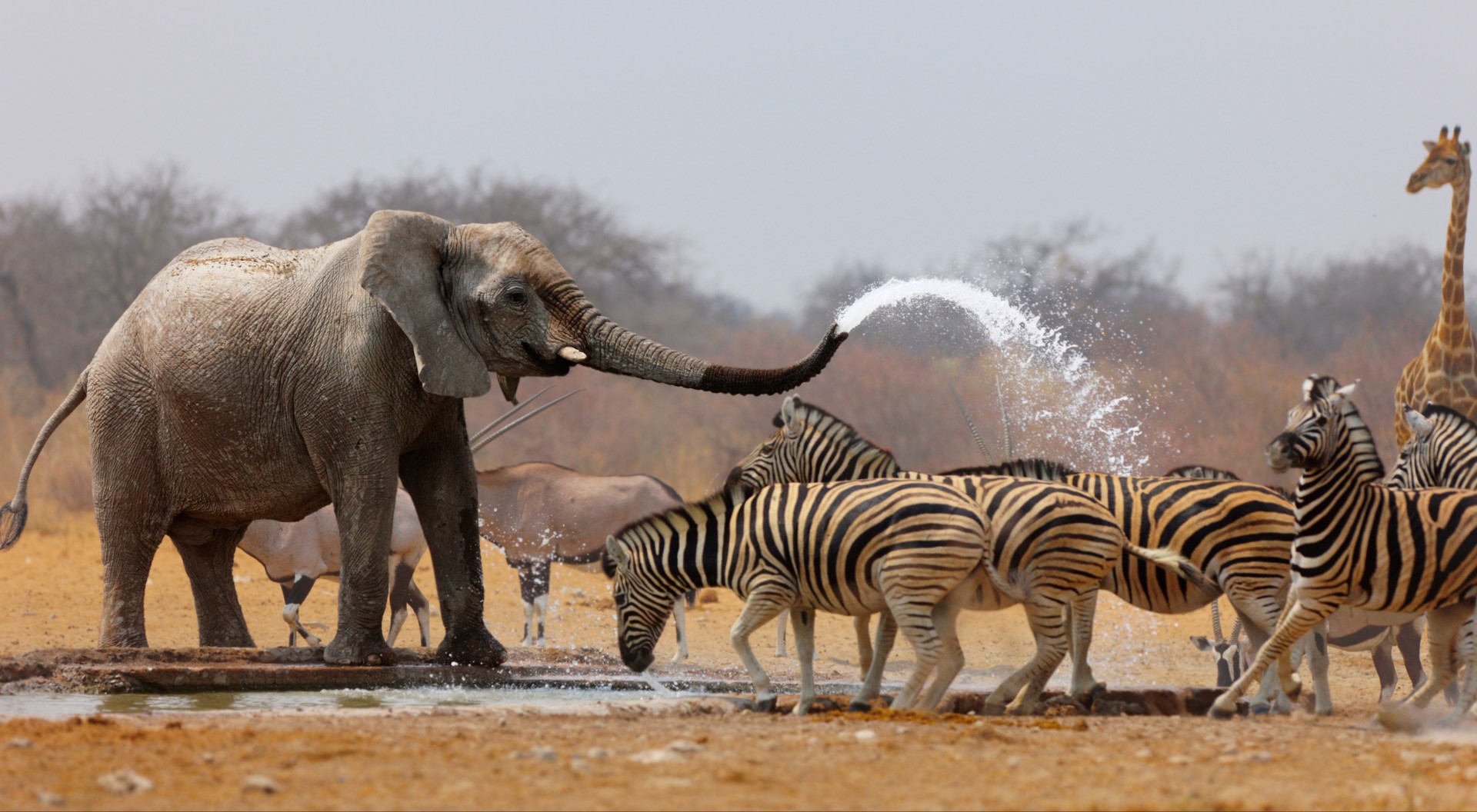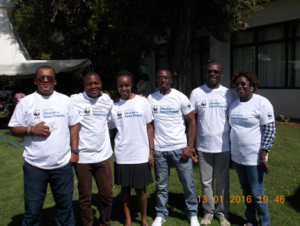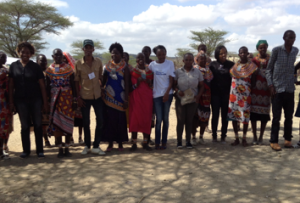
Throughout the world, protected area and wildlife managers face increasingly complex challenges as they balance conservation efforts with the needs of growing human populations. These challenges are complicated by human involvement, so environmental professionals find themselves thrust into being students of human behavior as well.
Colorado State University’s Department of Human Dimensions of Natural Resources recently helped more than 200 conservationists, protected area managers and academics better understand the social aspects of conservation through the Pathways Conference, held this year in Kenya. Pathways 2016 included a hands-on training program for early and mid-career conservationists and wildlife managers from countries throughout Africa.

This was not the first time Warner College of Natural Resources researchers have worked in Kenya; previous efforts include tackling community-based conservation and elephant poaching.
Investments in the communities where researchers work are critical according to CSU’s Esther Duke, conference and training director. “As a land-grant institution, we want the work we’re doing to ultimately be useful for solving conservation problems,” Duke added. “Bringing people together around these ideas is an important role for us to play.”
The training program brought together researchers from CSU’s Warner College, other universities, and experts in human wildlife conflict, community-based conservation and visitor interactions with wildlife managers and conservationists from across Africa.
“The training and conference really was for Africans, by Africans,” said Michael Manfredo, head of the Human Dimensions Department. “We facilitated and provided some expertise, but the goal was that participants learn best practices from people working in similar communities.”
The training focused on issues that participants deal with every day — things like addressing villages’ conflicts with elephants, and wildlife poaching. Sessions covered ways to build community buy-in for conservation work along with practical skills such as identification of threatened and endangered species and mitigating human-wildlife conflicts.

“You can’t just put up fences around wildlife preserves and expect it to work without buy-in from the surrounding communities,” said Manfredo. “Helping managers understand how to find positive ways the community can benefit from wildlife leads to broader investments in wildlife conservation.”
The value was clear to the program participants as well. Tomas Acidri, a Ugandan field assistant with the Jane Goodall Institute, said that he is eager for additional training in the future. “Human/wildlife conflict is the biggest threat to natural resources, leading to a gross extinction of some important species. This course came at the right time, so that this crisis can be addressed using what we’ve learned.”
Benson Gacheru, a community-based conservation officer at the Lumo Community Wildlife Sanctuary in Kenya, said that the skills he gained equipped him more than ever to address conservation challenges in his work. “I gained skills and knowledge that will drive my passion and ambitions towards building hope, sustainability and success in conservation work.”
Participants attended the training at no cost due to the generous support of private donors, including Ed Warner and Sue Anschutz-Rodgers, as well as grants and partnerships with United States Agency for International Development, Conservation Solutions Afrika, the World Wildlife Fund, the African Wildlife Foundation and others.
Pathways 2016, the fifth iteration of the event, was the first held outside of the U.S. The conference serves as a forum for hundreds of scientists and practitioners to come together and address a variety of topics around human dimensions science and its applications in fish and wildlife conservation. New to the conference this year was a full suite of sessions focused on ONEHealth, further broadening the applied focus and interdisciplinary nature of the conference.
Planning is already under way for the next Pathways, to be held in Colorado in October 2017.